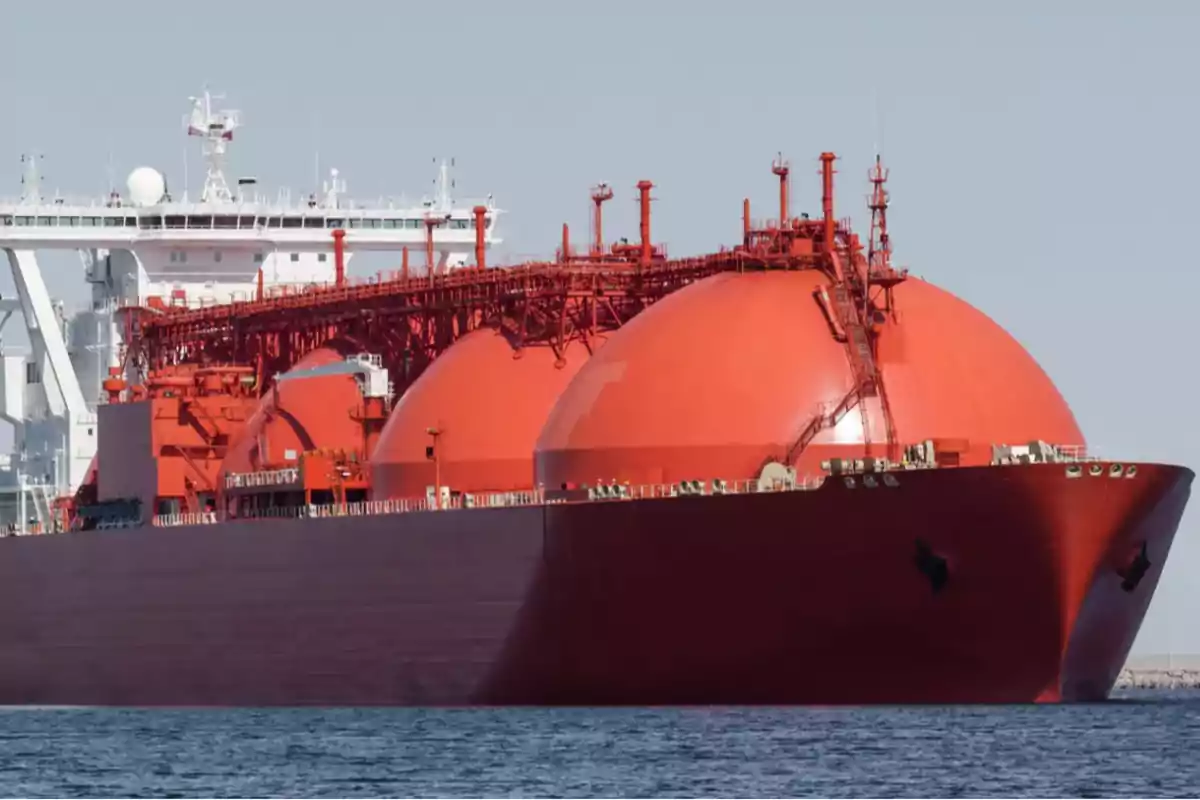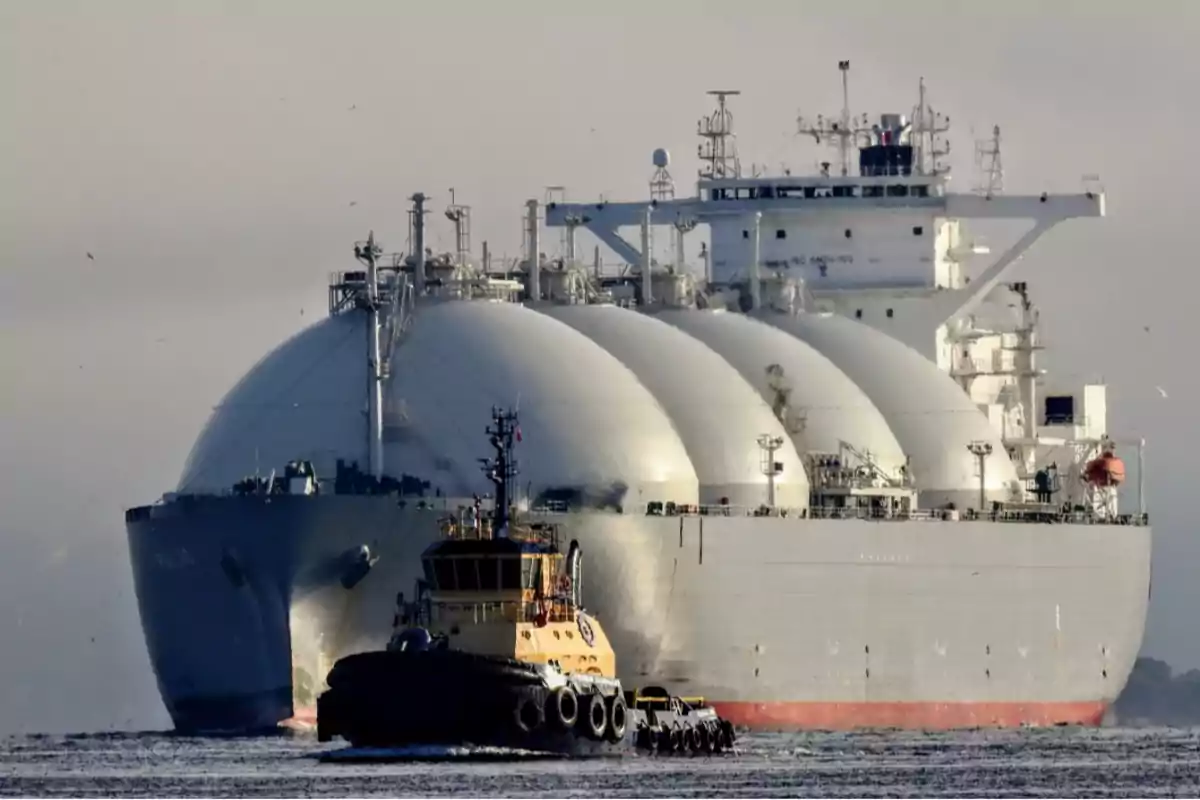
LNG project in Argentina leads the global investment ranking according to the UN
Shell and YPF are leading the liquefaction megaproject in Río Negro with a planned investment of up to USD 30 billion
In a scenario of a sharp decline in global foreign direct investment (FDI), the liquefied natural gas (LNG) project driven by Shell and YPF in Vaca Muerta was recognized as the largest energy investment announcement of 2024 by the annual report of the United Nations Conference on Trade and Development (UNCTAD).
This information was highlighted in the World Investment Report 2025, which emphasizes that, amid a landscape dominated by geopolitical tensions, rising interest rates, and the reorganization of global supply chains, "the processing and refining of fossil fuels experienced a 16% increase, driven by the largest greenfield project of the year: a USD 30 billion LNG plant in Argentina."
Record investment for a battered economy
The scale of the venture positions the country as a focus of interest within a general context of decline: in 2024, global FDI fell by 11%, with marked contractions of 22% in developed countries, 29% in China, and 18% in South America. Argentina was no exception: according to BCRA data, net capital outflows reached USD 2.19 billion in just the first four months of 2024.
The LNG megaproject stands out as a unique case. According to YPF sources, the expected direct investment for the first stage would be around USD 10-12 billion, and it could triple if the full development of upstream and associated infrastructure is considered.

Details of the Argentina LNG plan
The "Argentina LNG" project is being developed in phases: the first phase includes two floating units and a pipeline with YPF participation (between 20% and 30%), with operations set to begin in 2027. In the following stages, Shell and ENI would add their technical and financial capabilities to expand export capacity. The final investment decision (FID) is expected in the first quarter of 2026.
The Argentine state company emphasizes that this initiative is aligned with the strategy of large-scale gas exports, through floating liquefaction plants located off the coast of Río Negro. These modules will allow the transformation of Vaca Muerta gas into LNG and its export to Europe and Asia, markets with strong energy demand.
Vaca Muerta, pillar of Argentine energy
A report by Wood Mackenzie considers Vaca Muerta the largest unconventional development outside North America. In addition, data from Rystad Energy estimate that floating LNG (FLNG) projects will reach their maximum capacity by the end of the 2030s.

Currently, Argentina exports natural gas by pipeline to neighboring countries, but the LNG project infrastructure will allow the country to scale up and consolidate its position as a global supplier. "The potential is there and now there is a clear roadmap," industry sources indicate.
The impact of the regulatory framework
The UN report also recognizes the Argentine government's efforts to ease foreign exchange controls and create specific incentives for large projects. The implementation of the Large Investment Incentive Regime (RIGI) is one of the pillars that enables the inflow of capital for long-term projects, particularly in strategic sectors such as energy and mining.
Mining and energy transition
Meanwhile, alongside the progress of LNG, other strategic sectors such as lithium and copper have also attracted international attention. The global energy transition, with its growing demand for critical minerals, benefits countries like Argentina, Chile, and Peru. The region received significant investments in projects focused on electromobility, batteries, and clean technologies.
Even so, the fragility of global flows persists. The only sector with sustained growth was digital, while industrial projects, including those in energy, require stable legal and financial frameworks to thrive.
More posts: